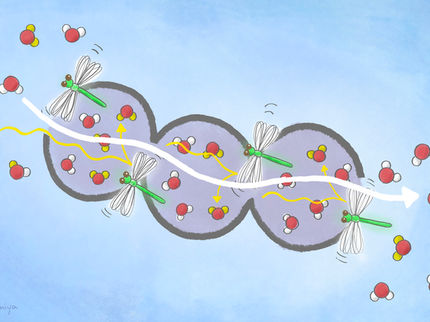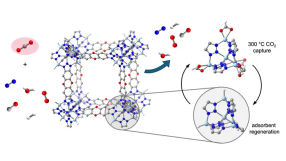Newly discovered planet may have water on its surface
A team of astronomers that includes the University of Hawaiʻi' at Manoa's Nader Haghighipour has announced the discovery of a planet that could have liquid water on its surface.
The planet, which is probably 30 percent larger than Earth, was discovered using one of the telescopes of the W. M. Keck Observatory on Mauna Kea. It orbits a relatively small star, Gliese 581, that is 20 light-years from Earth in the constellation Libra.
"By determining the orbit of this planet, we can deduce that its surface temperature is similar to that of Earth," said Haghighipour. This means that at least some of any water on the surface of the planet and in its atmosphere will be in liquid form rather than ice or vapor. The discovery of liquid water in space is an important step in the search for extraterrestrial life.
The team estimates that the new planet, called Gliese 581g, has a mass three to four times that of Earth, and orbits its star in just under 37 Earth days. Its mass indicates that it is probably a rocky planet with enough gravity to hold on to its atmosphere. It is one of six known planets orbiting the star.
To discover the planet, the team looked for the tiny changes in the star's velocity that arise from the gravitational tugs of its planets. They used 238 separate observations of Gliese 581 taken over a period of 11 years.
Haghighipour said that the team is keeping tabs on many nearby stars using the Keck Observatory. "As we collect more and more data about how these stars are moving, we expect to find many more planets with potentially Earth-like conditions," he said. He noted that to learn more about the conditions on these planets would take even bigger telescopes, such at the Thirty Meter Telescope planned for Mauna Kea.
Other news from the department science

Get the chemical industry in your inbox
From now on, don't miss a thing: Our newsletter for the chemical industry, analytics, lab technology and process engineering brings you up to date every Tuesday and Thursday. The latest industry news, product highlights and innovations - compact and easy to understand in your inbox. Researched by us so you don't have to.


























































